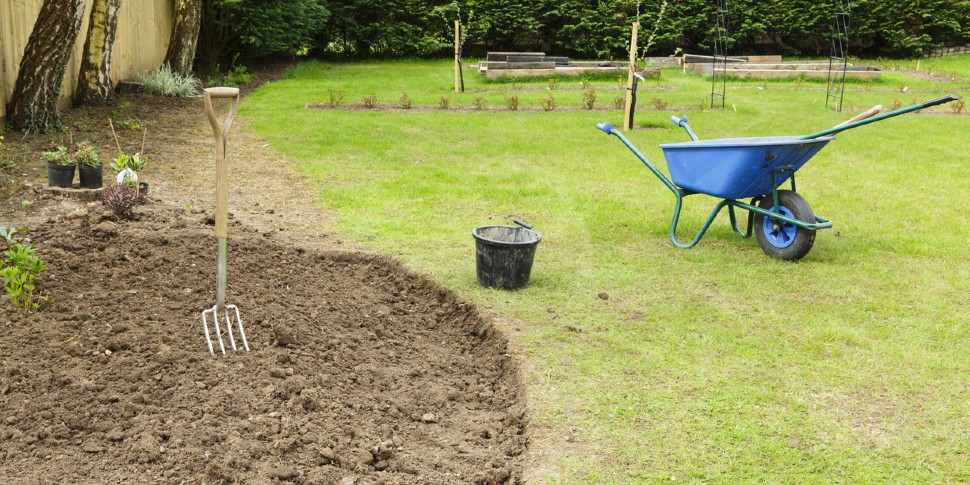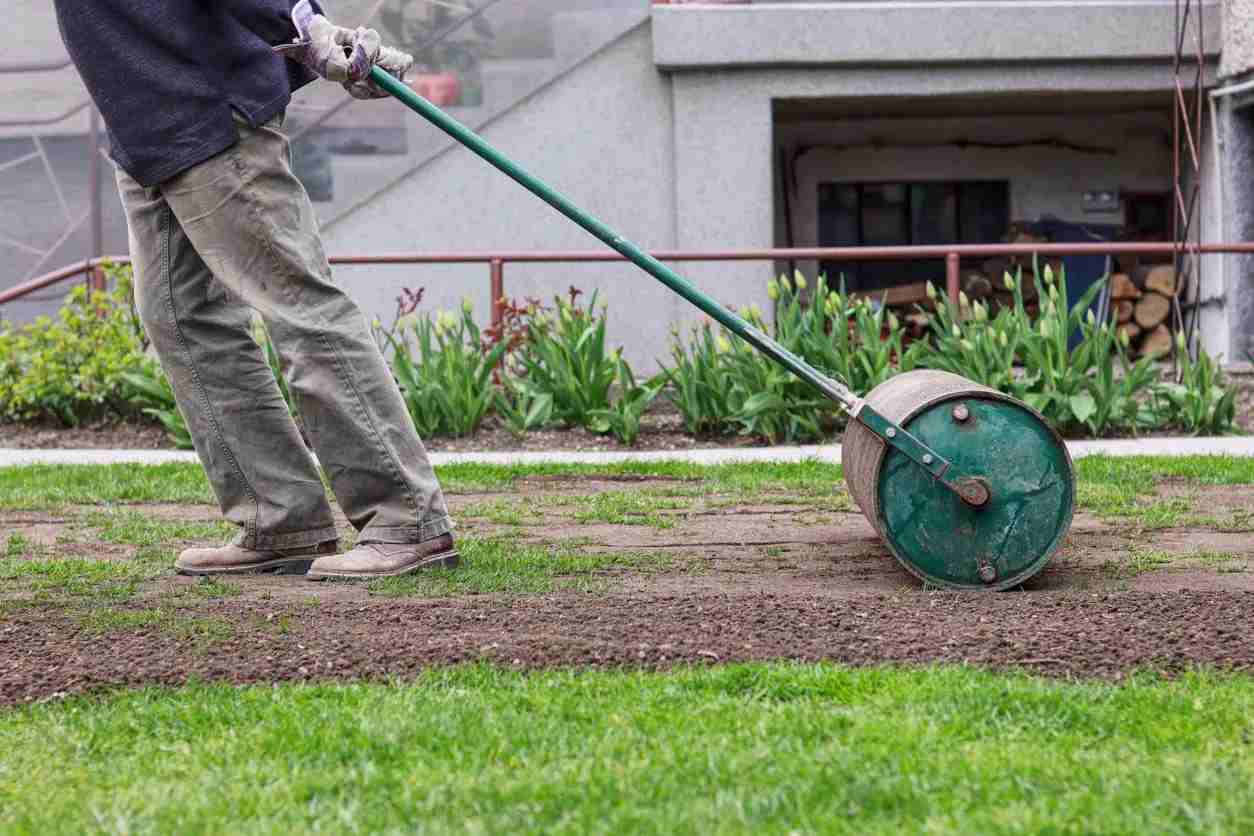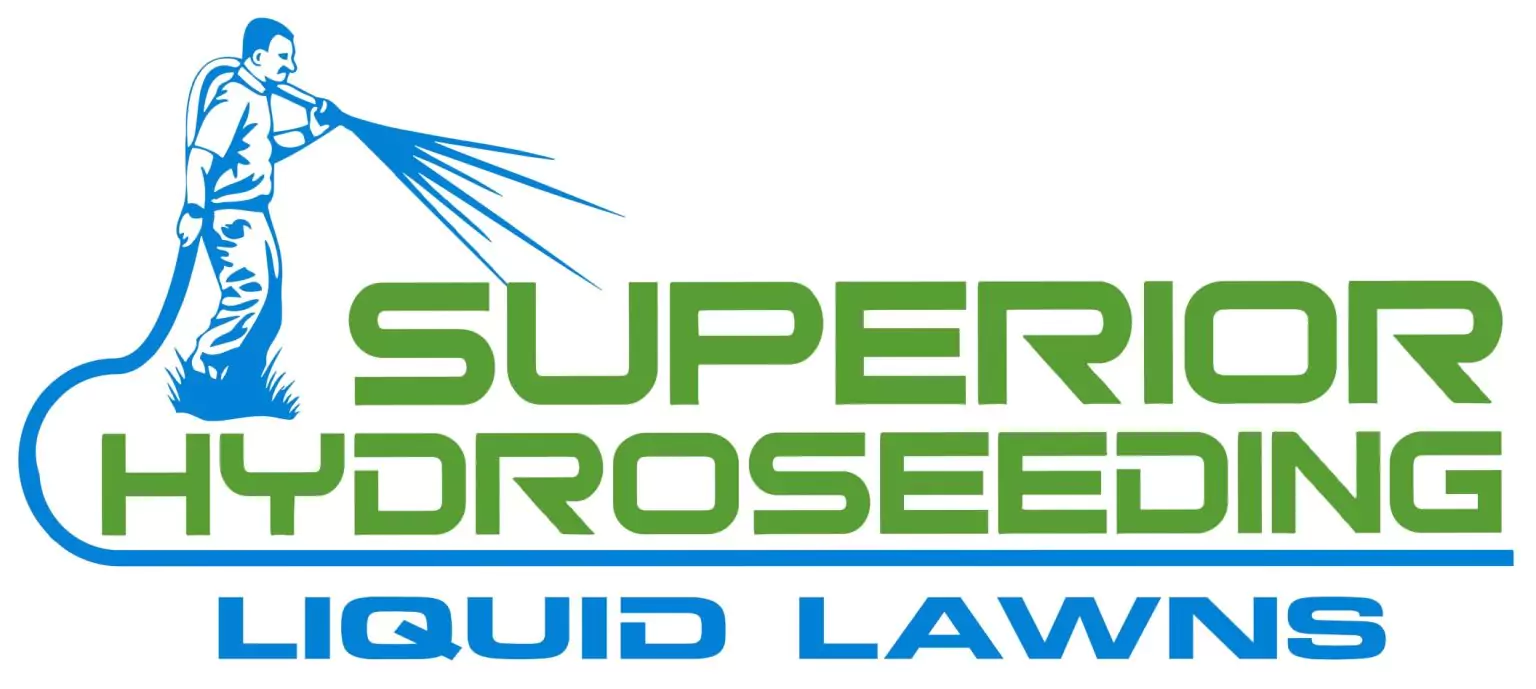Sure thing! When it comes to grading an existing lawn in Tilton, NH, you want to start by assessing the current terrain. Look for any uneven areas, bumps, or depressions that could be affecting the overall health and appearance of your lawn. Superior Hydroseeding Liquid Lawns can be a great help here, offering professional services to level the surface, address drainage issues, and create a more uniform and attractive landscape. Their expertise in hydroseeding can also ensure that your newly graded lawn gets the best start possible for lush, green growth.
Assessing Your Lawn
Before proceeding with lawn grading, assessing your yard’s drainage needs is crucial. Observe how water flows across your yard during rainfall to identify areas of poor drainage or water accumulation. Addressing these drainage issues before grading ensures that water is directed away from structures and low-lying areas, preventing water damage and soggy patches. By prioritizing proper drainage, you lay the foundation for a healthier and more resilient lawn after grading.
Unevenness:
Check for areas where the ground is noticeably higher or lower than the surrounding areas. These uneven spots can create tripping hazards and affect the overall appearance of your lawn.
Drainage Problems:
Observe how water flows across your lawn during rainfall or irrigation. Are there areas where water pools or doesn’t drain properly? Poor drainage can lead to soggy patches, erosion, and even water damage to nearby structures.
Compacted Soil:
Compacted soil can prevent proper water absorption and root growth. Areas with compacted soil may feel hard and dense, and grass may struggle to thrive in these conditions.
Erosion:
Look for signs of soil erosion, such as exposed roots, bare patches, or sediment buildup in low-lying areas. Erosion not only damages your lawn but can also contribute to water runoff problems.
Preparing for Grading

Once you’ve identified the issues with your lawn, it’s time to prepare for grading. Here are the steps to follow:
Gather Tools and Materials:
Depending on the scale of your grading project, you may need tools such as a shovel, rake, wheelbarrow, compacting equipment, and topsoil. It’s also a good idea to have safety gear like gloves and eye protection.
Plan the Grade:
Determine the desired slope and grade for your lawn. Ideally, the lawn should slope away from structures to prevent water from pooling near foundations. A gentle slope of 2-3% is generally recommended for effective drainage.
Mark the Area:
Use marking paint or stakes and string to outline the areas that require grading. This will help you stay organized and focused during the grading process.
Executing the Grading Process
During the grading process, after leveling the surface and addressing drainage issues, consider utilizing Harley Raking services for further refinement. A Harley Rake, also known as a power rake or landscape rake, is a specialized machine that can efficiently remove debris, rocks, and small vegetation while lightly tilling and smoothing the soil. This step helps achieve a finer finish and prepares the surface for seeding or sodding, resulting in a professionally graded and ready-to-grow lawn.
Remove Existing Vegetation:
Start by clearing the area of any existing vegetation, such as grass, weeds, or plants. You can use a shovel or a sod cutter for larger areas. This step allows you to work directly on the soil.
Level the Surface:
Use a shovel, rake, or grading equipment to level the surface of the soil. Focus on filling in low spots and removing high spots to achieve a more even surface. Pay attention to the slope and ensure that water will flow away from buildings and towards drainage areas.
Address Drainage Issues:
If you identified drainage problems during your assessment, now is the time to address them. Create swales or channels to direct water away from problem areas. You may also need to install drainage pipes or adjust the grading to improve water flow.
Compact the Soil:
Use a roller or compactor to compact the soil lightly. This helps to create a stable base for new grass to grow and prevents future settling or erosion.
Add Topsoil (if necessary):
Depending on the quality of your existing soil, you may need to add a layer of topsoil to improve nutrient levels and support healthy grass growth. Spread the topsoil evenly over the graded area and rake it smooth.
Hydroseeding (Optional):
For a fast and effective way to establish new grass, consider hydroseeding. Superior Hydroseeding Liquid Lawns specializes in this process, which involves spraying a mixture of grass seed, fertilizer, mulch, and water onto the prepared soil. Hydroseeding promotes rapid germination and strong root development, resulting in a lush and uniform lawn.
Water and Maintain:
After grading and any additional treatments like hydroseeding, water the area thoroughly to promote seed germination and root growth. Follow a regular watering and maintenance schedule to ensure the long-term health of your newly graded lawn.
Benefits of Grading Your Lawn

Grading your lawn offers several benefits that can enhance your outdoor space:
Improved Drainage:
Proper grading ensures that water flows away from structures and low-lying areas, reducing the risk of water damage and soggy patches.
Even Surface:
Grading levels out uneven terrain, creating a smooth and attractive lawn that’s easier to mow and maintain.
Healthy Growth:
By addressing soil compaction, adding topsoil, and possibly hydroseeding, you create optimal conditions for grass to thrive, leading to a vibrant and lush lawn.
Enhanced Curb Appeal:
A well-graded lawn enhances the overall appearance of your property, increasing curb appeal and potentially boosting property value.
Dealing with Specific Issues
When dealing with specific issues like compacted soil or erosion, Lawn Grading services can be invaluable. They use specialized equipment to precisely adjust the slope, level uneven terrain, and improve water drainage. By addressing these specific issues, such as compacted soil that hinders healthy root growth or erosion that leads to soil loss, Lawn Grading services ensure that your lawn’s foundation is solid, promoting lush and resilient grass growth for a beautiful and sustainable landscape.
Compacted Soil:
If you notice areas of compacted soil during your assessment, consider aerating the lawn before grading. Aerating involves perforating the soil with small holes to allow air, water, and nutrients to penetrate deeper, promoting healthier root growth.
Erosion Control:
To address erosion issues, you can incorporate erosion control measures such as installing retaining walls, planting erosion-resistant vegetation, or using erosion control blankets on steep slopes. These methods help stabilize the soil and prevent further erosion.
Slope and Grading:
Pay close attention to the slope of your lawn during grading. The goal is to create a gentle slope away from buildings and towards drainage areas. Avoid sharp inclines that can lead to water runoff problems.
Choosing the Right Grass
When reseeding or hydroseeding your graded lawn, consider the climate and soil conditions in Tilton, NH to select the most suitable grass species. Some options that thrive in the region include:
Kentucky Bluegrass:
Known for its lush appearance and durability, Kentucky Bluegrass is well-suited to the cooler climate of New Hampshire.
Fine Fescue:
Fine Fescue varieties are tolerant of shade and drought, making them a good choice for areas with varying sunlight and moisture levels.
Perennial Ryegrass:
Perennial Ryegrass is quick to establish and offers excellent wear tolerance, making it ideal for high-traffic areas.
Tall Fescue:
Tall Fescue is known for its deep root system, which helps it withstand periods of heat and drought, making it a reliable choice for New England lawns.
Consider consulting with a local nursery or landscaping expert for personalized recommendations based on your lawn’s specific conditions and your preferences for grass type.
Maintenance Tips for a Graded Lawn
Maintaining a graded lawn involves regular care, including aeration services to promote healthy soil and grass growth. Aeration helps alleviate soil compaction, allowing air, water, and nutrients to penetrate deep into the root zone. This process enhances root development, improves water absorption, and encourages a thicker, more resilient turf. Consider scheduling aeration services periodically, especially in high-traffic areas or if your lawn shows signs of compaction, to keep your graded lawn vibrant and thriving.
Watering:
Water newly seeded areas regularly to keep the soil moist but not waterlogged. Gradually reduce watering frequency as the grass establishes itself, transitioning to deeper, less frequent watering sessions.
Mowing:
Wait until the new grass reaches a height of 3-4 inches before mowing. Use a sharp mower blade and adhere to the recommended mowing height for your grass type to encourage healthy growth.
FAQs
How do I level my existing lawn?
To level your existing lawn, start by identifying uneven areas and marking them for attention. Use a lawn roller or leveling rake to smooth out bumps and depressions, redistributing soil as needed. Finally, overseed or hydroseed the leveled areas for a uniform and healthy lawn surface.
How do you determine the grade of a yard?
To determine the grade of a yard, use a string level or laser level to establish a reference point at the highest spot of the yard. Measure the distance from this point to the ground at various locations across the yard, noting any changes in elevation to calculate the overall slope or grade. A slope of 1-2% is typically recommended for effective drainage.
How do I add grading to my yard?
To add grading to your yard, start by assessing the existing terrain and identifying areas that require leveling or slope adjustment. Use a combination of shovels, rakes, and grading equipment to modify the ground’s contour, ensuring proper drainage away from structures. Finish by compacting the soil and seeding or sodding the graded areas for a smooth and healthy lawn surface.
What is the best tool to grade a yard?
The best tool to grade a yard depends on the size and complexity of the project. For small areas or precision work, a grading rake or leveling rake is effective. However, for larger yards or more significant grading tasks, a skid-steer loader with a grading attachment or a motorized grading machine may be more efficient and practical.
How do you grade a bumpy lawn?
To grade a bumpy lawn, start by marking the areas with the most significant bumps or unevenness. Use a lawn roller filled with water or sand to flatten the bumps, rolling over the marked areas in different directions for even coverage. Finish by overseeding or hydroseeding the lawn to encourage healthy growth and fill in any remaining imperfections.
Conclusion
Grading an existing lawn in Tilton, NH is a manageable project with significant benefits for your outdoor space. By assessing the current state of your lawn, preparing carefully, and executing the grading process effectively, you can achieve a level, well-drained, and healthy lawn that enhances the beauty and functionality of your property. Consider incorporating services from Superior Hydroseeding Liquid Lawns for expert assistance in hydroseeding and achieving outstanding results. With the right approach and attention to detail, your graded lawn can become a source of pride and enjoyment for years to come.

